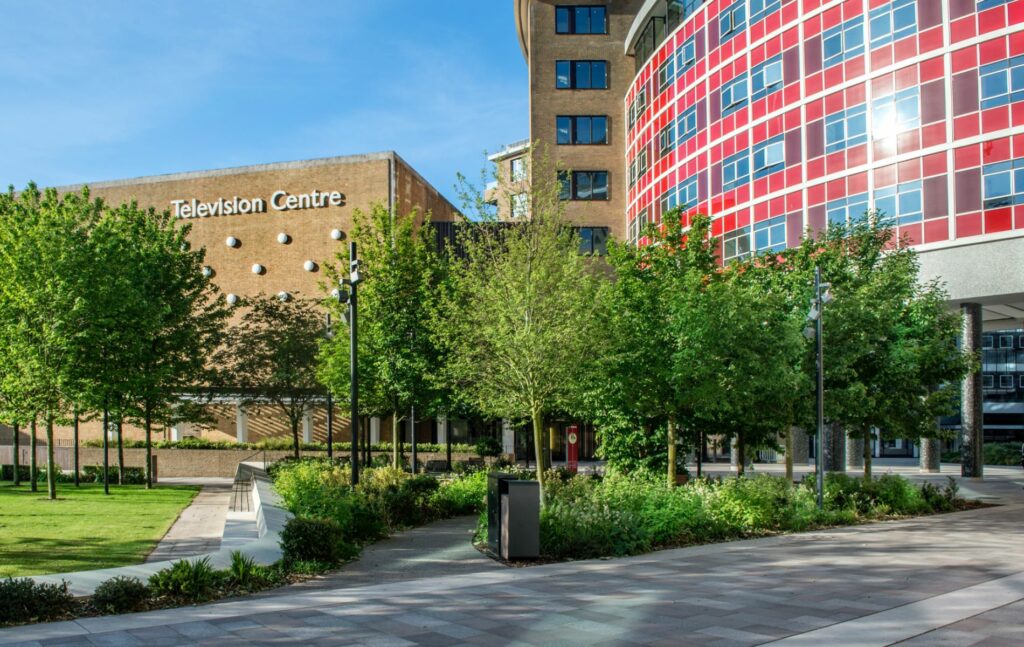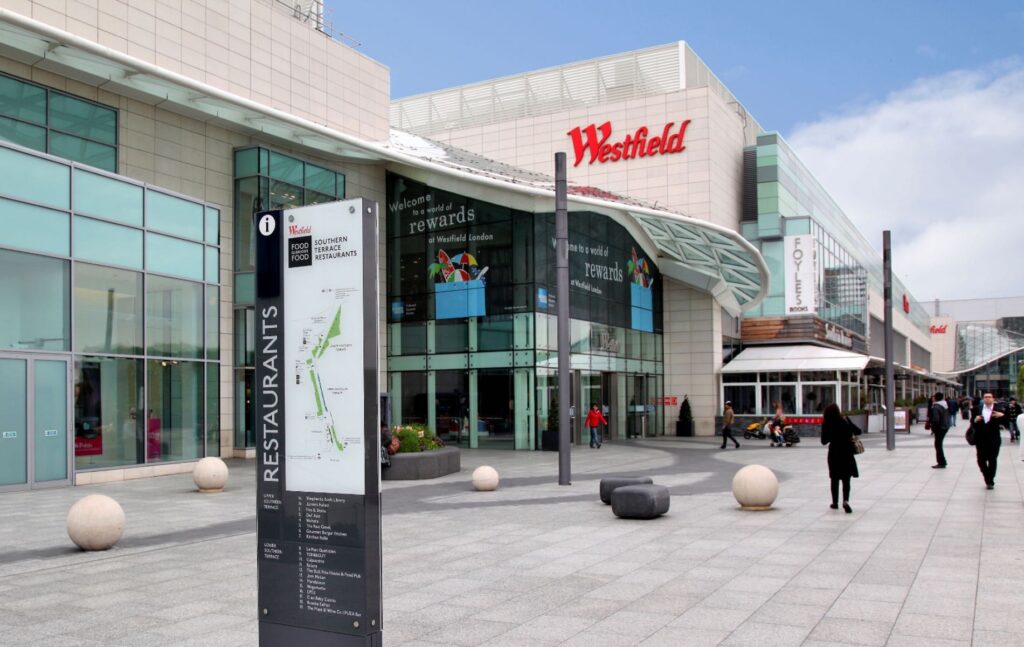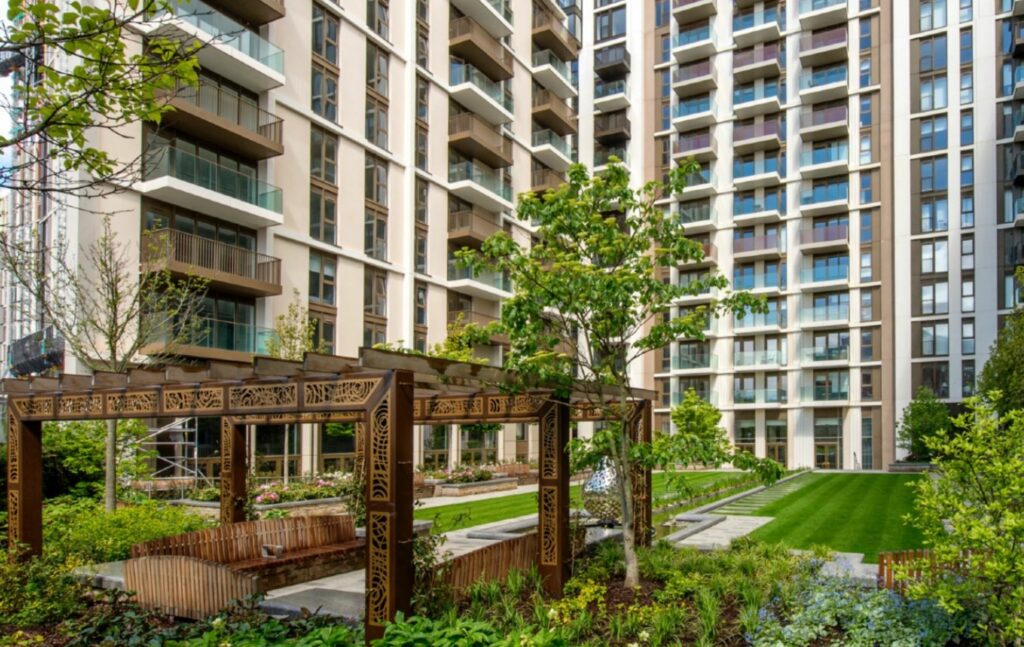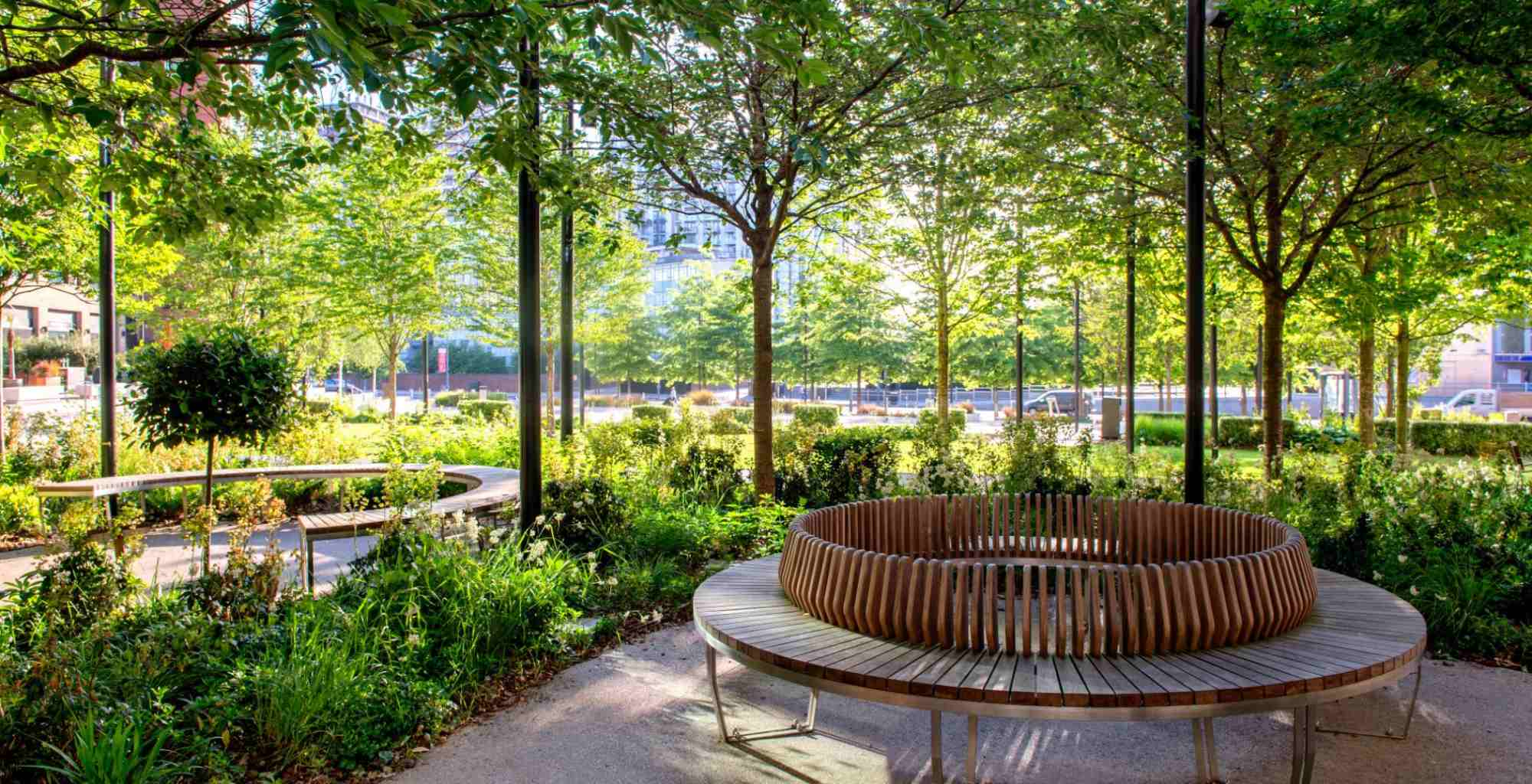An area of West London that has seen rapid development in recent years, there are multiple reasons why living in White City is becoming so desirable.
White City occupies the north-western tip of W12, north of the residential Groves area, and is home to the Television Centre and Westfield Shopping Centre.
Its rich history is not always well known; its importance to the Olympics and various global exhibitions prior to becoming so well known as the home of television and now a multifaceted destination as well as a desirable place to live.
What makes White City the vibrant place it is today and why is it such a wonderful place to live? Here, we explore what it’s like to live in White City.
Where is White City?
For the purposes of our article, The White City area is bordered to the north by the main Westway road, to the west by Bloemfontein Road, to the east by the West Cross arterial road and to the south by Uxbridge Road.
The White City station is positioned on Wood Lane. White City station is on the Central Line, but very near to Wood Lane station which is on the Circle and Hammersmith and City lines.
The history of White City
Up until 1908, White City was largely arable farmland dotted with farmhouses and their outbuildings. Woodlane Farm sat almost exactly where Wood Lane station is now positioned.
This all changed though when the area was entirely transformed to become the Great White City – an exhibition site. The 200-acre complex, which was positioned alongside Wood Lane, included 25 palaces and halls, mostly white Stucco buildings, and a network of canals that replicated those found in Venice. There was also a 66,000-capacity stadium on site.
White City first hosted the Franco-British Exhibition and in the same year, London’s first Olympics – the 1908 Summer Olympics.
The exhibition site hosted several large events in the years following its creation: The Imperial International Exhibition in 1909, the Japan–British Exhibition om 1910, Latin-British Exhibition in 1912 and the final exhibition, the Anglo-American Exhibition in 1914.
White City Stadium hosted a wide variety of events during its time. It was used for various athletics events up until the First World War in 1914. Thereafter the stadium was used by Queens Park Rangers football club for short periods before being converted to a greyhound track for a time. It was used again for athletics from 1931 when a 440-yard running track was installed for the Amateur Athletic Association Championships which were held there between 1932 and 1970. In 1934 White City Stadium played host to a series of Rodeo shows when American rodeo promoter Tex Austin staged the World’s Championship Rodeo there. Notably, the stadium also hosted the Uruguay v France match in the 1966 World Cup.
The stadium was demolished to create the space for the BBC White City building which was a prominent feature of the area and continues to be in use today, although now in a new and different capacity since the BBC sold the landmark Television Centre in 2007 as part of a cost-cutting programme.

A key feature of the area, The Television Centre has been carefully redeveloped, retaining original features such as the Helios statue.
Whilst the history of the area can definitely be felt in some of the remaining architecture, with so much redevelopment it is unsurprising that many are unaware of the rich history of White City.
What’s so special about White City?
Whilst White City has experienced considerable growth and development over the last decade or so, it has not been without thought and consideration.
Thanks to the partnership that has been formed between White City Living by St James, Westfield London shopping, Stanhope and Imperial College London, a vision has been created for the future of White City area and much of it is already coming to fruition.
The area is not just home to a shopping centre, or simply a residential site. It wonderfully brings together commercial, academic, creative, and residential to create a modern, engaging hub with longevity in mind.
An example of this can be seen at White City Place, West London’s creative campus located next door to the Television Centre; a community where innovative organisations come together, from global business leaders to cultural institutions. Home to Net-a-Porter, offices for the BBC and ITV, Loreal and the Royal College of Art amongst many, many others.
Green spaces have also been considered, with places like BBC Gardens, and Hammersmith Park is positioned behind the Television Centre.
Shops in White City
It needs little introduction, it’s one of the key destinations in W12 – Westfield Shopping Centre is right on the doorstep for those who live in White City. Home to almost every high street name in the UK from John Lewis to Marks & Spencer, Hamley’s Toy Shop, Apple and Zara.

Places to eat and drink
There is an abundance of places to eat and drink in White City, from the seemingly endless options at Westfield London to the newer additions at the Television Centre such as Bluebird Café, Patty &. Bun and of course the members club, White City House which goes far beyond being just a place to eat and drink – it even has a roof top swimming pool.
Schools in White City
There are several good schools in White City but perhaps one of the most popular is the Ark Conway Primary Academy which is located on Hemlock Road.
Other schools in the area include; St John XXIII Catholic Primary School, Ark Swift Primary Academy and the Jack Tizard School. On Uxbridge Road, at the southern end of the area, there is St Stephen’s CofE Primary School.
Higher Education is also present here with Imperial College and its White City campus. Imperial says that their White City campus, a 12,000 sq ft purpose-built facility, is a platform for innovation and entrepreneurship.
White City Living
One of the most notable new developments in the area is White City Living, perhaps the most impressive in the area. Over 2,300 homes are set within 8 acres of parks and gardens with all that White City has to offer right on the doorstep.

Moving to White City
Whilst White City features a large proportion of newly built homes, it is an incredibly vibrant place to live and is fast becoming one of the most sought-after areas to call home in the capital.
If you’d like to discuss your plans for property in Shepherd’s Bush please do get in touch.





